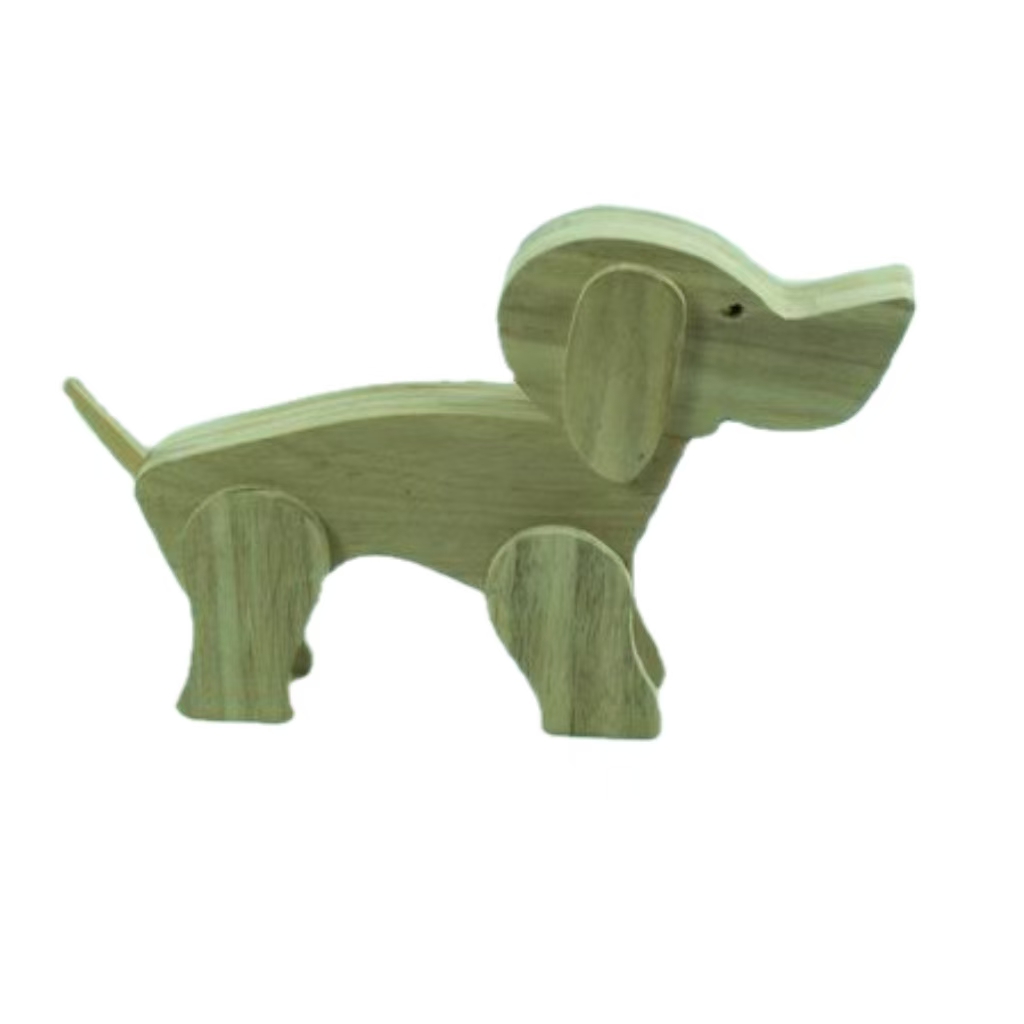When you picture a lathe, the image that typically comes to mind is one of solid cast iron and polished steel—a monument to metalworking. So, it can be surprising for many machining enthusiasts, educators, and professional dealers to encounter a wood lathe with a bed made of wood. The immediate question arises: Is this a cost-cutting measure or a deliberate design choice? The answer, resoundingly, is the latter. Far from being a compromise, a wooden bed on a wood lathe is a feature rooted in practical engineering, user experience, and a deep understanding of the craft itself. It is not a lathe made from wood, but a precision tool designed for wood, with a bed that actively enhances the turning process.

Let's delve into the specific purposes and advantages that make a wooden bed a superior choice for many woodturning applications.
1. Superior Vibration Dampening for a Flawless Finish
The primary and most significant advantage of a wooden lathe bed is its innate ability to absorb and dampen vibrations. In any machining process, vibration is the enemy of a smooth finish. When a cutting tool contacts a spinning workpiece, it creates harmonic vibrations that travel through the machine.
Cast Iron vs. Wood: A metal bed, while incredibly rigid, acts as a perfect conduit for these vibrations. They resonate through the structure, often causing chatter—a series of regular, unsightly marks on the workpiece—and can make the tool harder to control.
The Wood Advantage: Wood, particularly dense hardwoods like the maple or beech often used in quality lathes like those from Xendoll, has a cellular structure that naturally absorbs these vibrations. Think of it as the difference between striking a steel beam and a dense rubber block; the steel rings, while the rubber thuds quietly. This dampening effect results in a noticeably smoother cut, allowing the turner to achieve a finer surface finish with less sanding required.
2. A Lighter, More Manageable Machine Without Sacrificing Stability
While professional, heavy-duty metal lathes are essential for large-scale production, many woodturners, educators, and hobbyists benefit from a machine that offers a balance of stability and portability.
Workshop Flexibility: A wooden bed significantly reduces the overall weight of the lathe compared to a cast-iron equivalent. This makes it easier to move the machine within a workshop or for storing it when not in use. For educational settings, where equipment might need to be rearranged for classes, or for hobbyists with limited space, this portability is a major benefit.
Inherent Rigidity: It's a misconception that wooden beds lack stability. When constructed from laminated layers of high-quality hardwood and designed with a robust beam structure, a wooden bed provides more than enough rigidity for 95% of all woodturning projects, from pens and bowls to spindles and small table legs.
3. A Forgiving and User-Friendly Work Surface
The interaction between the turner, their tools, and the lathe itself is a crucial part of the craft. A wooden bed enhances this interaction in several subtle but important ways.
Tool Protection: Accidents happen. A dropped chisel or a slipped gouge will easily dent or chip a wooden bed, but it would likely ruin the edge of the tool if it struck hard metal. The wooden bed acts as a sacrificial surface, protecting your more expensive cutting tools from damage.
Reduced Workpiece Damage: Similarly, if a workpiece accidentally comes loose and strikes the bed, the wooden surface is far less likely to cause catastrophic damage to the project than a metal one would. This forgiveness is especially valuable for beginners and in educational environments where mistakes are part of the learning process.
Customization and Repair: Unlike a scarred metal bed that is difficult to repair, a wooden bed can be easily sanded smooth again. Furthermore, its surface is simpler to modify for custom tool rests or jigs, offering a level of adaptability not always possible with metal machines.
4. Cost-Effectiveness and Thermal Insulation
From a manufacturing and user standpoint, the wooden bed offers tangible economic and practical benefits.
Accessible Pricing: The use of precision-engineered wood for the bed structure allows manufacturers like Xendoll to offer high-performance lathes at a more accessible price point. This opens up the world of precision woodturning to a broader audience of enthusiasts and institutions without compromising on core functionality.
Comfortable Operation: Wood is a natural thermal insulator. In a cold workshop, a metal lathe bed can be uncomfortably cold to the touch. A wooden bed remains closer to ambient temperature, making the working experience more pleasant.

Conclusion: A Thoughtful Fusion of Material and Purpose
In summary, the purpose of a wood lathe having a wooden bed is not an archaic holdover or a simple compromise. It is a thoughtful, engineered solution that directly addresses the core needs of woodturning. By providing exceptional vibration dampening for a superior finish, offering an ideal balance of stability and portability, creating a forgiving and user-friendly workspace, and delivering outstanding value, the wooden bed proves its merit.
For overseas machinery dealers and educational equipment distributors, highlighting these benefits positions a wood-bed lathe not as a "lesser" machine, but as a specialized tool designed for optimal performance in its specific domain. For the machining enthusiast, it represents a clever application of material science, where the right material is chosen for the right job, resulting in a more enjoyable and higher-quality crafting experience. At Xendoll Tools, we embrace this intelligent design, crafting our mini lathes to empower your creativity with precision, practicality, and a deep respect for the craft of woodworking.
 Nov 04, 2025
Nov 04, 2025

 265
265



 Show all our samples
Show all our samples
 Provide you with a free quote
Provide you with a free quote
 Answer all the questions you may have
Answer all the questions you may have
 Guided installation and other options
Guided installation and other options